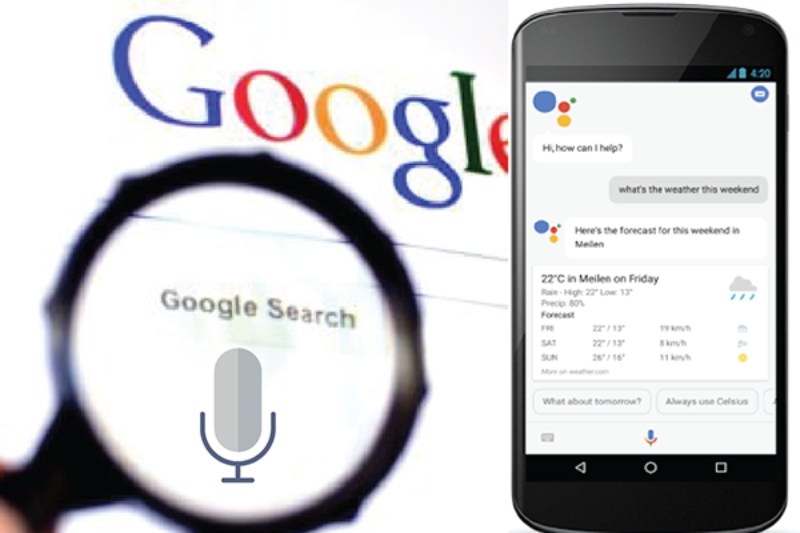This year, multimodal service expansion has been one of the main priorities for AI development businesses. This makes it possible to process music, images, and videos in addition to written content.
At its developer conference, Google went into great detail about its multimodality capabilities. Today, it makes some of these tools available to users along with a number of other AI-based enhancements.
This week, users will be able to shoot movies and utilize voice commands to inquire about moving objects. Google gave an example where you might record fascinating creatures in an aquarium and then use voice search to find out more about them.
In order to provide pertinent information, AI would examine both the spoken question and the video content.
In order to utilize the function, launch the Google app, open Lens, a visual search tool, and speak your inquiry aloud while holding down the shutter button. An AI Overview and resources from the internet will result from this.
With support for English inquiries, the tool is presently available to Search Labs users who are enrolled in the “AI Overviews and More” trial.
However, all users can use their Google app to perform voice searches for images. To do this, they point a camera at an object, ask a question, then hold down the shutter button.
Additional Enhancements
Apart from video search, Google is also launching a number of other AI-driven enhancements. One of these will lead to the display of additional product-related information, including previews, pricing data across merchants, and retail locations.
Additionally, some search queries will be arranged by AI, starting with US users’ mobile device recipes. You can search for specific ingredients, locate new recipes using those items, and more after filling in a search query for a recipe. You will also be presented with a list of the top recipes.
Ads will now formally be included in AI Overviews, but some users may have already seen them. Google began testing the advertisements in May.
At last, Google is adding a Shazam-like feature to its Circle to Search tool. 150 million Android users can now get Circle to Search, which allows them to identify songs without navigating between apps.


